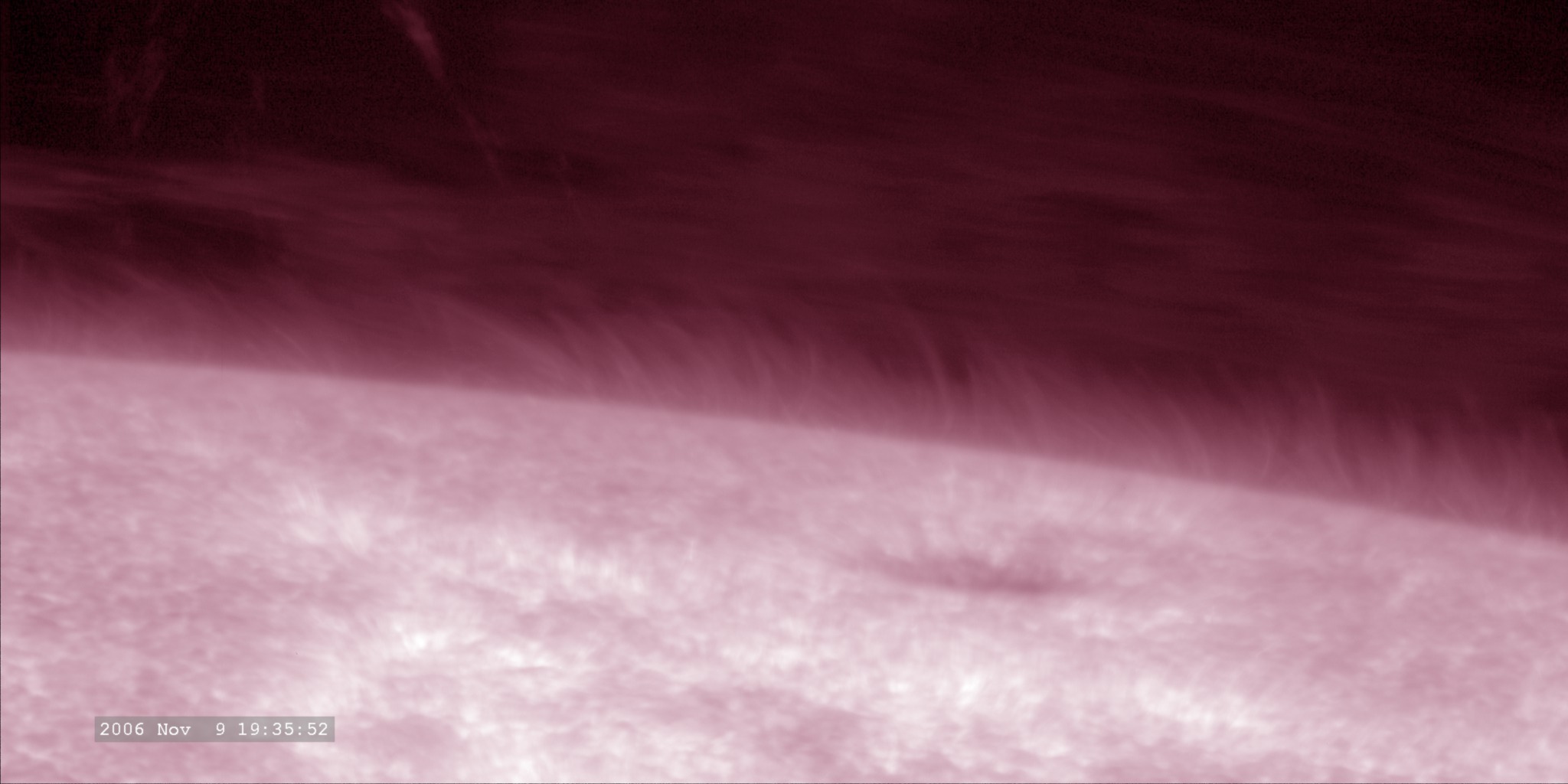Solar Close-ups
Trying to observe minute details on the sun isn’t easy. For one thing, you can't do it from the ground, where Earth's atmosphere blocks X-rays and other frequencies of light needed for making such observations. Instead, solar scientists use telescopes launched into space. Hinode, a sun-observing spacecraft operated by NASA and Japan’s space agency, is equipped with two telescopes and an imaging instrument that are able to capture close-up views of the sun and detect small changes in its magnetic field. The magnetic fields on the sun are part of a writhing, dynamic system that trigger giant explosions called solar flares and coronal mass ejections. These outbursts can send energy and particles toward Earth and interfere with satellites. Hinode is tasked with studying the magnetic activities on the sun's surface and its million-degree atmosphere, the corona. Watch the video to see a collection of solar views recorded by the spacecraft.

A NASA spacecraft captures extraordinary views of the sun.
Hinode helps solar scientists track magnetically complicated areas known as sunspots, seen here as a dark blotch on the limb of the sun.

Solar material clings to magnetic fields swaying in the sun's atmosphere.

The bright flash of a solar flare erupts above a sunspot.

The Hinode spacecraft launched into space in 2006.
Credits
Please give credit for this item to:
NASA's Goddard Space Flight Center
Hinode video and images courtesy of NASA/JAXA
-
Animator
- Tom Bridgman (Global Science and Technology, Inc.)
-
Video editor
- Kayvon Sharghi (USRA)
-
Scientist
- Dawn C. Myers (ADNET Systems, Inc.)
-
Project support
- Dawn C. Myers (ADNET Systems, Inc.)
-
Writer
- Karen Fox (ADNET Systems, Inc.)
Release date
This page was originally published on Tuesday, September 24, 2013.
This page was last updated on Wednesday, May 3, 2023 at 1:51 PM EDT.
